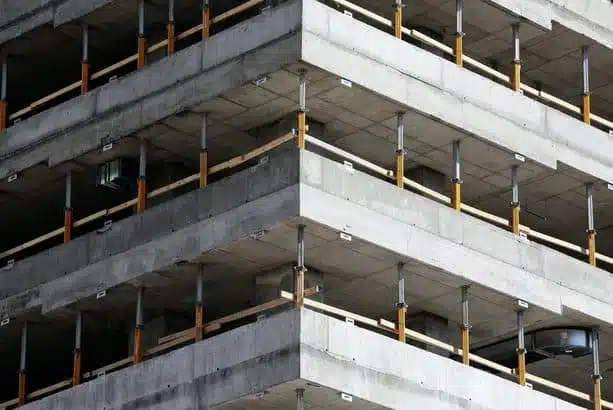Nov . 21, 2024 01:27 Back to list
formwork
Understanding Formwork in Construction A Comprehensive Overview
Formwork is a crucial aspect of modern construction, playing a vital role in shaping the concrete structures we encounter in our everyday lives. It serves as a temporary mold, supporting the concrete until it hardens and gains enough strength to stand independently. As construction techniques evolve, so too does the technology and methodology behind formwork, making it a pivotal topic for both industry professionals and enthusiasts alike.
The Basics of Formwork
At its core, formwork refers to the temporary or permanent molds used to hold fresh concrete in place while it sets. The primary purpose of formwork is to provide a specific shape and to ensure that the concrete maintains its intended design until it has cured adequately. This process requires precision and careful planning, as any errors in the formwork can lead to structural deficiencies and safety hazards in the finished product.
Types of Formwork
There are various types of formwork, each suited for different applications and project requirements. Some of the most common types include
1. Timber Formwork Traditionally, timber has been one of the most widely used materials for formwork due to its availability and ease of construction. However, it is often labor-intensive and has some limitations in terms of durability and longevity.
2. Steel Formwork Steel formwork offers greater strength and durability, making it suitable for repetitive use in large projects. Though it can be more expensive than timber, its long lifespan often justifies the initial investment.
3. Aluminum Formwork Lightweight and easy to handle, aluminum formwork is gaining popularity in the construction industry for its efficiency and cost-effectiveness. It allows for precise concrete placements and is reusable for multiple projects.
4. Plastic Formwork This formwork type is particularly advantageous in small-scale and residential projects. It is lightweight, durable, and resistant to corrosion, making it an attractive option for many contractors.
5. Jump Form and Climbing Form Used in high-rise building construction, these forms move upward with the structure itself, enabling continuous concrete placement without needing scaffolding.
Advantages of Proper Formwork
formwork

Implementing proper formwork in construction has several advantages
- Precision Well-constructed formwork ensures that the concrete takes on the desired shape accurately, which is essential for both aesthetic appeal and structural integrity.
- Efficiency Modern formwork systems are designed for speed and ease of use, reducing labor hours and allowing for quicker project completion.
- Cost-Effectiveness By optimizing material usage and reducing waste, effective formwork can lead to significant savings in overall construction costs.
- Safety Good formwork practices contribute to workplace safety by providing stable and secure environments for workers to operate in while handling heavy materials.
Challenges and Considerations
Despite its advantages, formwork also poses some challenges. One of the primary concerns is the need for skilled labor to construct and dismantle the formwork correctly. Poorly constructed formwork can result in catastrophic failures, leading to severe injuries and financial losses. Additionally, environmental factors, such as temperature and humidity, can impact the curing process of the concrete, necessitating careful monitoring.
Furthermore, the choice of formwork material should align with the project specifications, budgetary constraints, and environmental considerations. For instance, while using sustainable materials is increasingly encouraged, it is essential to ensure that they also meet structural and durability requirements.
The Future of Formwork
As the construction industry continues to innovate, the future of formwork appears promising. Digital technologies, such as Building Information Modeling (BIM), are enhancing the design and management of formwork systems, allowing for more efficient planning and execution. Moreover, advancements in composite materials and prefabrication hold the potential to revolutionize formwork practices, leading to even greater efficiencies and sustainability in the sector.
In conclusion, formwork is an integral component of successful construction projects. Understanding its various types, benefits, and challenges is essential for anyone involved in the industry. As technologies evolve, so too will formwork, paving the way for safer, more efficient, and environmentally friendly construction practices in the future.
-
OEM Wall Formwork & Shuttering: Flexible & Curved Solutions
NewsAug.24,2025
-
Adjustable Heavy Duty Props for Slab Formwork | Strong & Reliable Support
NewsAug.23,2025
-
Adjustable Heavy Duty Props for Slab Formwork - Strong & Safe Support
NewsAug.22,2025
-
Formwork Spring Clamp Factories: Quality & Bulk Supply
NewsAug.21,2025
-
Premium Ringlock Scaffolding | China Manufacturer & Supplier
NewsAug.19,2025
-
Efficient Table Formwork for Fast Slab Construction & Reusability
NewsAug.18,2025